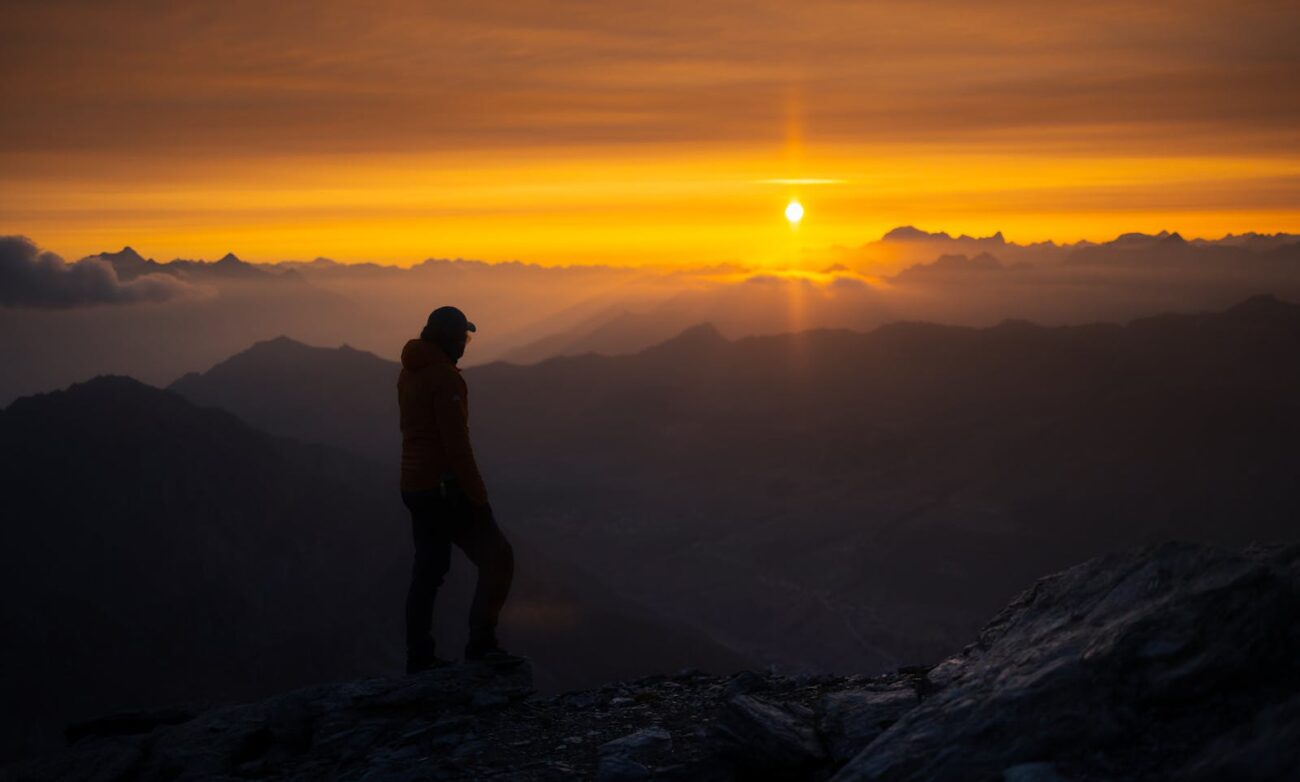Hiking and trekking represent more than just outdoor activities; they’re journeys of personal growth and skill development. Whether you’re taking your first steps on a gentle nature trail or planning a month-long expedition across rugged terrain, each adventure builds upon the last, creating a foundation of knowledge, resilience, and capability. This progression doesn’t happen overnight—it’s a thoughtful journey that rewards patience and deliberate practice. In this comprehensive guide, we’ll explore how to systematically build your hiking abilities from casual day walks to challenging multi-week expeditions, focusing on the incremental skills, experiences, and gear knowledge that will support your evolution as an outdoor enthusiast.
Starting with Day Hikes: Building Your Foundation
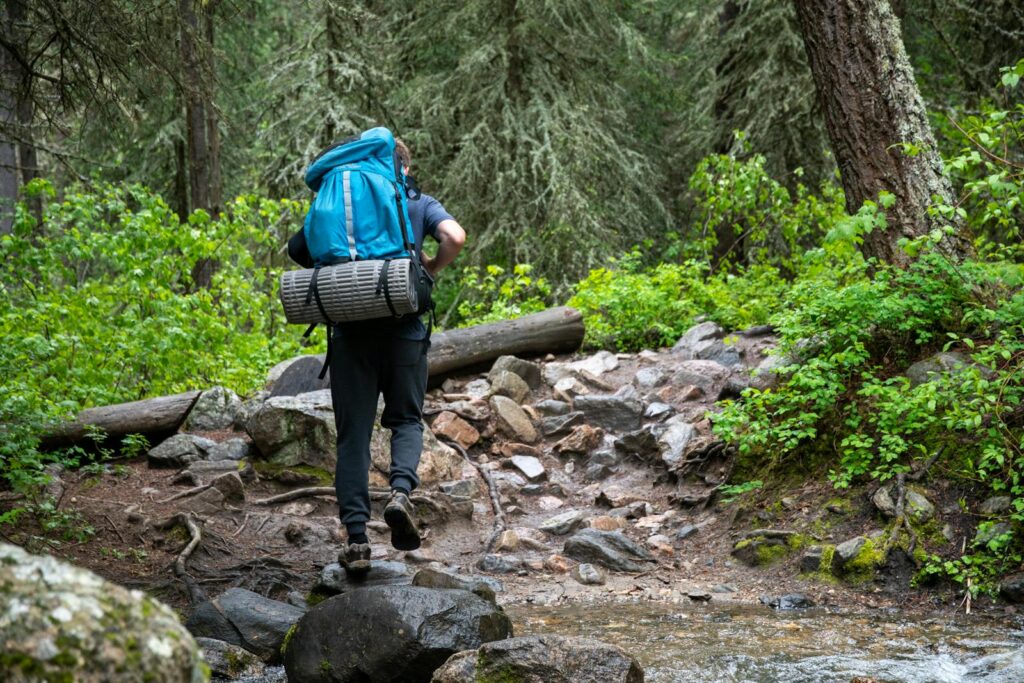
Day hiking serves as the essential foundation for all future trekking adventures, providing a low-commitment environment to develop basic outdoor skills. These shorter outings allow you to experiment with different footwear options, learn to read trail markers, and understand how your body responds to various terrain challenges without the consequences of being far from civilization. Begin with well-marked, popular trails under 5 miles with minimal elevation gain, gradually increasing distance and difficulty as your confidence grows. The seemingly simple act of spending regular time on trails develops crucial micro-skills like proper foot placement, energy management, and weather assessment that will serve you well on longer journeys. Day hikes also provide opportunities to test different clothing layers, experiment with various hydration systems, and practice navigation in a forgiving environment where mistakes rarely have serious consequences.
Essential Gear for Beginners: Quality Without Overwhelming Cost

Starting your hiking journey doesn’t require emptying your bank account on specialized equipment, but a few quality essentials make the experience significantly more enjoyable and safe. Invest first in proper footwear—trail runners or hiking boots with good traction and support will prevent blisters and injuries that could derail your progression. Carry a small daypack containing the “Ten Essentials”: navigation tools, sun protection, insulation layer, illumination (headlamp), first-aid supplies, fire starter, repair kit with multi-tool, extra food, extra water, and emergency shelter (even a simple space blanket). Start modestly but choose quality where it matters most—particularly with footwear, rain protection, and anything related to safety. Avoid the temptation to purchase expedition-grade equipment for your early adventures; instead, gradually upgrade gear as your experience level and trail ambitions increase. Remember that lightweight options generally cost more but become increasingly valuable as your hikes grow longer and more challenging.
Developing Physical Conditioning: Beyond Just Walking
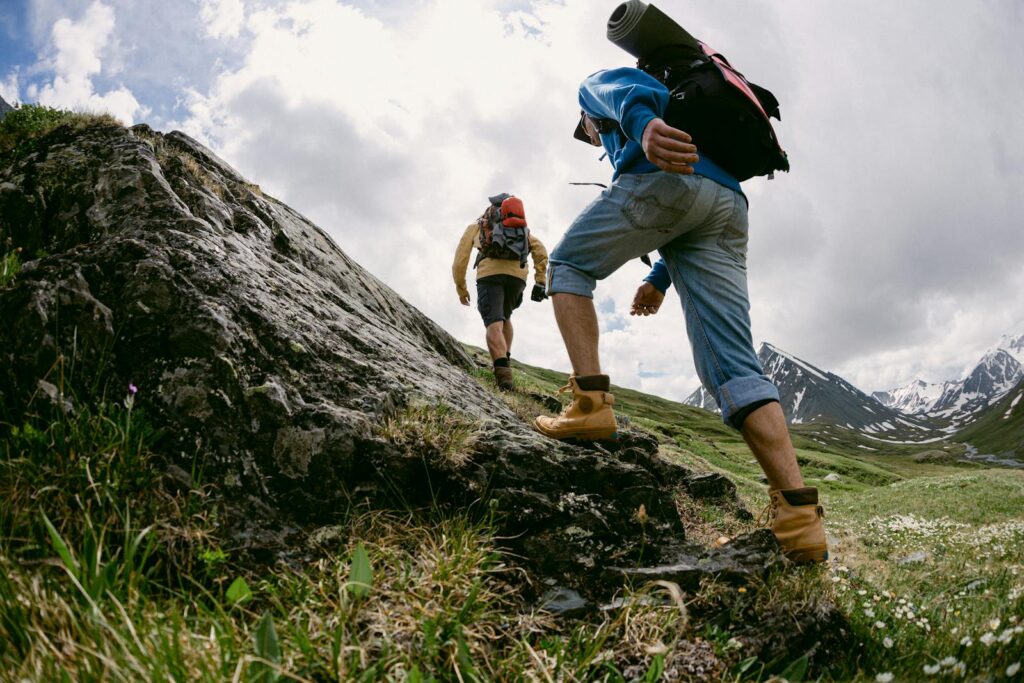
Hiking demands a specific type of fitness that combines cardiovascular endurance, leg strength, core stability, and balance—all of which can be systematically developed through targeted training. Begin a conditioning program that includes regular walking with gradual increases in distance and elevation gain, supplemented with exercises that strengthen hiking-specific muscles like quadriceps, hamstrings, calves, and glutes. Incorporate stair climbing, lunges, and step-ups to build the eccentric strength needed for downhill sections, which often cause more soreness and injury than uphill portions. Don’t neglect your core and upper body, as these provide the stability needed when carrying packs and navigating uneven terrain. A well-rounded approach should include at least three days of cardiovascular training, two strength sessions, and mobility work each week, with at least one day devoted to a progressively longer hike to build specific endurance. Remember that consistent, moderate training produces better results than sporadic intense workouts, which often lead to injury and burnout.
Navigation Skills: From Following Blazes to Backcountry Route-Finding

Navigation represents one of the most critical skill progressions in the journey from day hiker to expedition trekker, evolving from following well-marked trails to confidently finding your way through unmarked wilderness. Begin by mastering basic map reading, understanding contour lines, scale, and symbols while practicing on well-marked trails where you can correlate the map to obvious landmarks. Gradually introduce compass skills, learning to take and follow bearings while still having trail markers as backup verification. As your confidence grows, practice more challenging navigation scenarios like finding your location through triangulation and planning routes that combine on-trail and off-trail sections. While GPS devices and smartphone apps provide valuable tools, develop these skills as supplements to—never replacements for—traditional map and compass navigation, as electronic devices can fail in remote areas. Join orienteering clubs or navigation workshops to accelerate your learning through structured challenges and expert feedback, building the confidence necessary for backcountry travel where trail markings may be absent or obscured.
Overnight Backpacking: The Crucial Intermediate Step
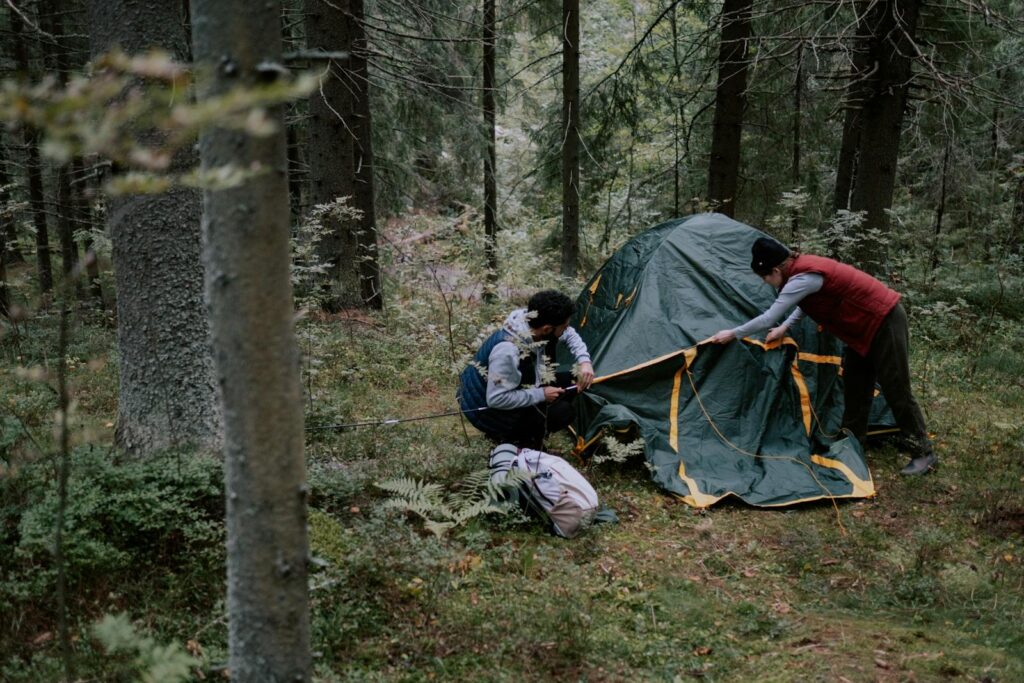
The transition from day hiking to overnight backpacking represents perhaps the most significant leap in your outdoor progression, introducing entirely new systems and skills that fundamentally change the hiking experience. Begin with simple one-night trips at established campgrounds near your vehicle before attempting more remote destinations, allowing you to test your sleep system, camp kitchen, and packing strategy without serious consequences if something is forgotten. Focus initially on mastering the essentials: selecting appropriate campsites, efficiently setting up and breaking down camp, properly storing food away from wildlife, and leaving no trace of your presence. These first overnight experiences reveal much about your gear preferences—you’ll quickly discover if your sleeping pad provides adequate insulation, if your backpack distributes weight comfortably, and if your cooking system meets your needs. Gradually extend to two-night trips, then three-night excursions, paying attention to how your energy levels fluctuate across multiple days of hiking with a full pack, and how effectively you can maintain personal hygiene, nutrition, and morale away from facilities.
Weather Reading and Risk Assessment
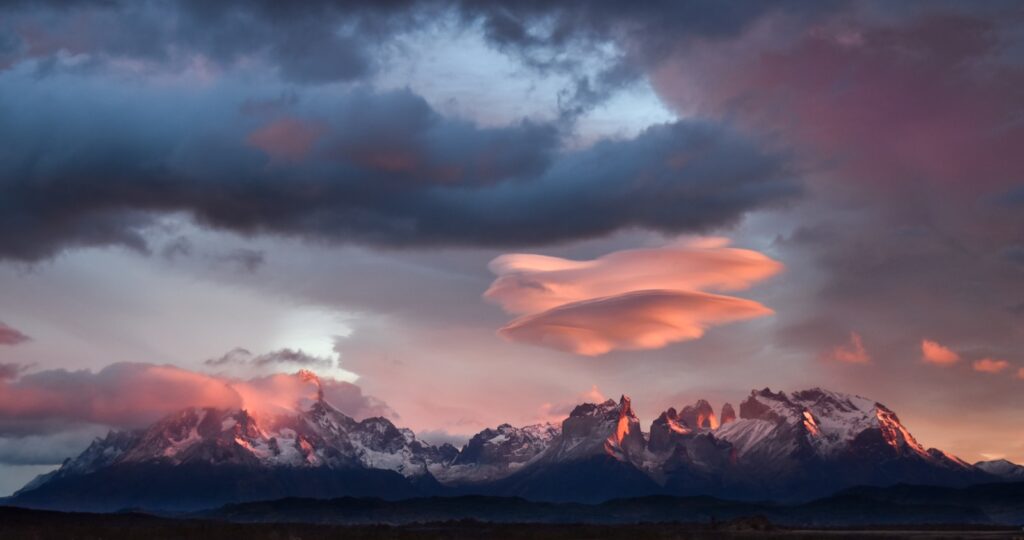
As your adventures take you further from civilization, developing weather reading skills becomes increasingly important for both comfort and safety on the trail. Begin by habitually checking detailed weather forecasts before every hike, then compare these predictions with actual conditions to develop an understanding of local weather patterns and forecast reliability. Learn to recognize the signs of approaching weather systems—cloud formations, wind shifts, pressure changes, and animal behavior all provide valuable clues about conditions before they arrive. Gradually build risk assessment skills by consciously evaluating terrain hazards like river crossings, exposed ridgelines, avalanche-prone slopes, and flash flood zones, developing specific protocols for safely navigating or avoiding these challenges. Maintain a weather journal during your trips, noting observations and comparing them to forecasts to sharpen your predictive abilities over time. This growing weather literacy becomes particularly crucial for multi-day treks where you must make decisions about route timing, camp placement, and even whether to continue or abort a trip based on environmental conditions.
Wilderness First Aid: Beyond the Basic Kit

As the remoteness of your adventures increases, so does the importance of comprehensive wilderness first aid knowledge, extending far beyond simply carrying a pre-packaged kit. Invest in formal wilderness first aid training through organizations like NOLS, WMA, or SOLO, focusing on scenarios where professional medical help may be hours or days away. Learn to improvise treatments using limited supplies and natural materials, addressing common hiking emergencies like sprains, fractures, hypothermia, heat illness, altitude sickness, and wound management in field conditions. Practice these skills regularly through simulations with hiking partners, creating realistic scenarios that test your ability to assess situations, make treatment decisions, and improvise solutions under pressure. Gradually upgrade your first aid kit based on your growing knowledge, specific trip requirements, and group size, ensuring you understand how to use every item it contains rather than simply carrying supplies you can’t effectively deploy. Remember that in remote settings, prevention through risk awareness becomes even more important than treatment, making hazard recognition and avoidance fundamental components of wilderness medical knowledge.
Multi-Day Backpacking: Building Endurance and Systems
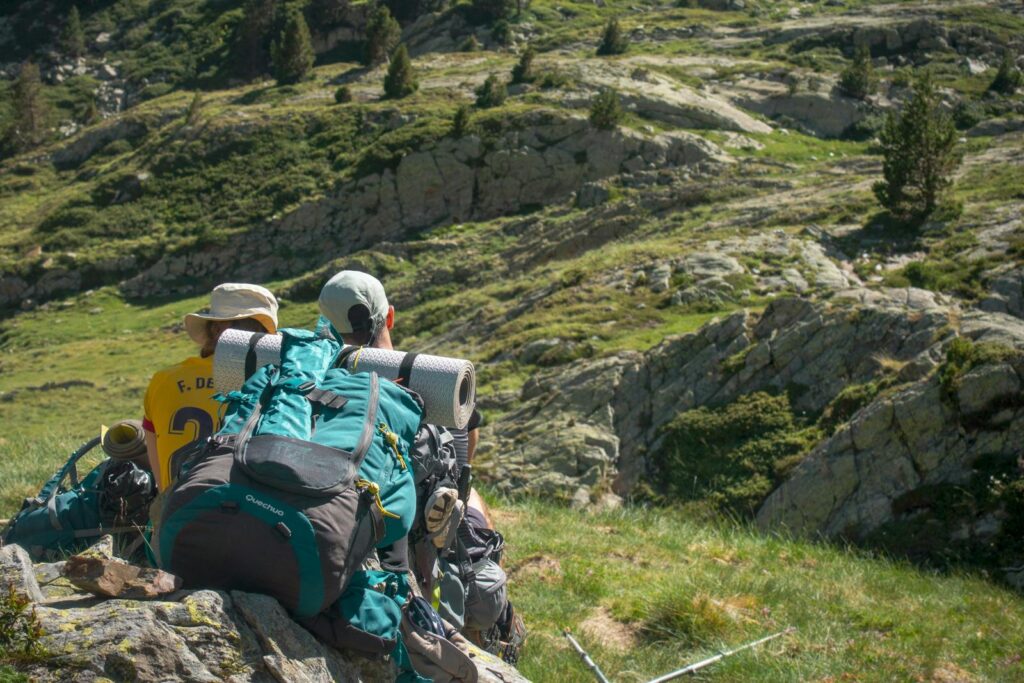
Multi-day backpacking trips of 3-7 days represent the critical bridge between overnight experiences and expedition-length adventures, demanding refined systems for sustainability in the backcountry. Focus on developing efficient daily routines that conserve energy and time—from breaking camp quickly in the morning to establishing shelter before darkness falls. Learn to manage consumable resources strategically, particularly food and fuel, understanding how to balance weight considerations against nutritional needs for sustained energy. Practice personal hygiene systems that prevent health issues during extended periods without facilities, including proper waste disposal, water treatment protocols, and preventing blisters and skin infections that can derail longer journeys. These medium-length trips provide ideal opportunities to refine your gear selections, eliminating unnecessary items while identifying critical equipment that performs reliably in various conditions. Pay particular attention to how your body recovers each day, experimenting with nutrition, hydration, and rest strategies that maintain your performance across consecutive days of physical exertion.
Advanced Navigation: Understanding Topography and Route Planning

Advanced navigation transitions from simply following established routes to creating your own safe passages through challenging terrain, a fundamental skill for expedition-level treks. Develop topographic literacy by practicing map-to-terrain visualization, learning to identify potential obstacles, efficient travel corridors, and natural landmarks before encountering them physically. Master advanced compass techniques including triangulation, declination adjustment, and back-bearings that can precisely locate your position even in featureless terrain or poor visibility. Study route planning methodologies that balance multiple factors: distance, elevation change, terrain difficulty, water sources, shelter opportunities, escape routes, and exposure to environmental hazards. Practice micro-navigation skills for negotiating complex sections where the optimal path isn’t obvious, learning to read subtle terrain features and make strategic decisions about the safest and most efficient line of travel. While technology like GPS provides valuable supplementary information, expedition-level navigation requires the confidence to make route decisions based primarily on map reading and terrain assessment when electronics fail or provide insufficient detail.
Weather-Specific Skills: Expanding Your Seasonal Range
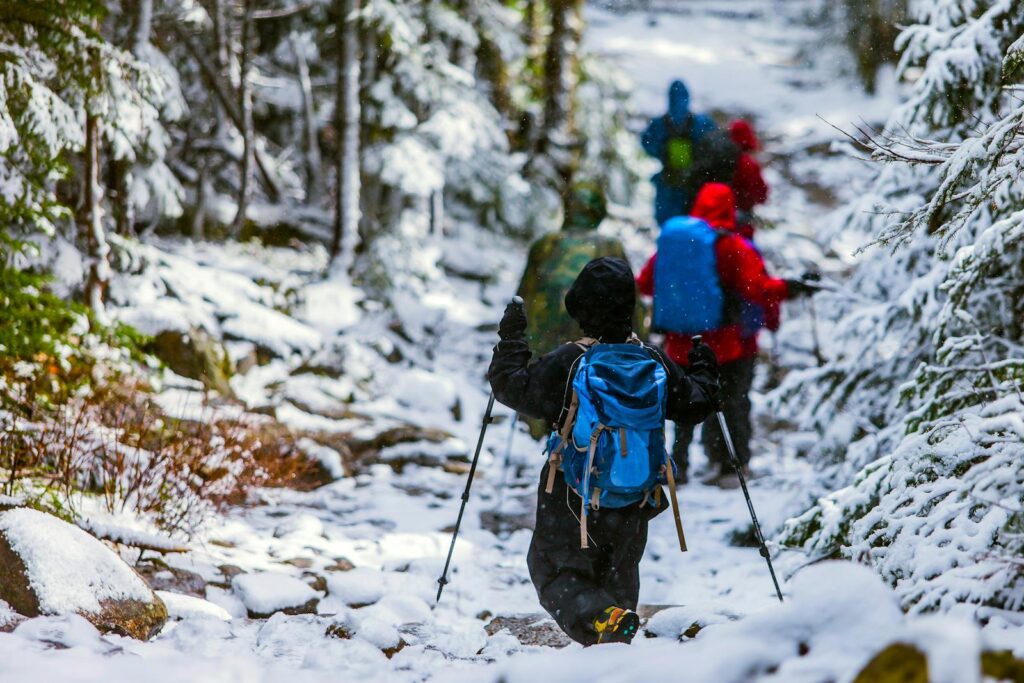
Expanding your hiking season beyond fair-weather outings requires developing specialized skills for each season’s unique challenges, dramatically increasing your available adventure opportunities. For winter hiking, learn layering strategies that manage perspiration while preventing hypothermia, snow travel techniques including use of traction devices or snowshoes, and cold-weather camp management including insulation from ground cold and protecting water from freezing. Develop monsoon or rainy season skills including waterproofing systems for gear, quick-deploy shelter techniques, safe river crossing methods during higher water levels, and preventing trench foot during extended wet conditions. For desert travel, master water rationing and sourcing strategies, heat illness prevention through timing and shading techniques, and navigation in areas without prominent landmarks. Hot weather hiking demands specialized knowledge about electrolyte replacement, UV protection systems, and recognizing signs of heat-related illnesses before they become serious. Each seasonal expansion not only increases your annual hiking opportunities but builds adaptability and confidence for expedition settings where conditions may change dramatically during a single journey.
Group Leadership and Communication Skills

As your personal hiking abilities advance, developing leadership and communication skills becomes essential for successful group expeditions where team dynamics significantly impact outcomes. Learn to assess group members’ abilities honestly and plan routes that accommodate the weakest member while still providing challenge and satisfaction for stronger participants. Develop decision-making frameworks that appropriately balance input from all group members while maintaining clear leadership during critical situations where consensus-building may be too time-consuming. Practice clear communication protocols for different scenarios: daily planning, emergency situations, separation procedures, and regular distance/formation management that keeps the group appropriately connected without unnecessary clustering. Master conflict resolution techniques specific to backcountry situations, where small irritations can escalate due to physical discomfort, fatigue, and the inability to create physical distance between disagreeing parties. These interpersonal skills often determine expedition success more than technical abilities, particularly on longer journeys where group cohesion becomes increasingly important as physical and mental reserves diminish.
Expedition Planning: Logistics and Contingencies

Expedition planning represents the culmination of all previous hiking experience, requiring comprehensive preparation for extended, self-sufficient travel through challenging environments. Master the logistics of food planning for trips lasting weeks or longer, including calorie calculations, nutrition balancing, packaging for protection and organization, and potentially arranging resupply points or food caches. Develop detailed equipment planning systems that account for weight optimization, repair contingencies, and backup systems for critical items, particularly in remote areas where replacement is impossible. Create comprehensive risk management plans including evacuation routes, communication schedules with outside contacts, decision matrices for common hazards, and clear trigger points for aborting the journey if conditions exceed acceptable risk thresholds. Learn to prepare thorough documentation including detailed itineraries, emergency contact information, copies of permits and identification, and medical information that can be accessed by rescuers if necessary. These planning skills not only enhance safety but also build the confidence necessary to venture into truly remote areas where self-reliance becomes the only safety net.
Specialized Terrain Skills: Alpine, Desert, Jungle, and Beyond

True expedition-level hiking often involves specialized terrain that demands specific techniques beyond general backpacking skills, requiring targeted learning and practice in progressively challenging environments. For alpine adventures, develop skills in basic mountaineering including use of ice axe and crampons, understanding avalanche risk assessment, glacier travel techniques, and high-altitude acclimatization protocols. Desert expedition skills include advanced water management, navigation without obvious landmarks, extreme temperature adaptation, and specialized foot care for sandy environments. Jungle trekking demands knowledge of machete use for clearing paths, protection against persistent moisture that threatens both gear and health, identification of hazardous plants and animals, and navigation techniques where visibility may be limited to a few meters. Arctic and tundra travel requires understanding of permafrost impact, river crossing techniques during seasonal melts, protection from intense insects, and energy management in terrain with minimal natural shelter. Developing proficiency in even one specialized terrain type dramatically expands your expedition possibilities while building adaptability that transfers to other challenging environments.
The Journey Beyond: Becoming a Complete Wilderness Traveler

The progression from day hiker to expedition trekker represents more than just acquiring technical skills—it’s a transformative journey that develops a profound relationship with the natural world and your place within it. As you master increasingly challenging environments and distances, you’ll discover that the most valuable developments occur internally: heightened situational awareness, improved risk assessment, greater self-knowledge, and deeper connection to landscapes and ecosystems. True mastery emerges when you can move through wilderness with the same comfort and confidence that most people feel in urban environments, reading subtle cues in terrain and weather that inform intuitive decision-making. This journey never truly ends—even the most experienced expedition leaders continue learning through each journey, adapting to changing environments and embracing new challenges that push personal boundaries. The ultimate achievement isn’t completing a specific trek but developing the adaptability, judgment, and self-reliance that allow you to travel confidently through any wilderness environment, finding both adventure and peace in remote places that few will ever experience.
The progression from casual day hiker to expedition trekker represents one of the most rewarding journeys in outdoor recreation—a path that builds not just skills and knowledge, but also confidence, resilience, and deep connection with natural environments. This transformation doesn’t happen overnight, nor should it. Each step builds upon the previous ones, creating a foundation of experience that supports increasingly ambitious adventures. By methodically developing your capabilities across physical conditioning, navigation, gear systems, wilderness medicine, and environmental reading, you gradually expand your comfort zone while maintaining a crucial margin of safety. Remember that the ultimate goal isn’t simply reaching remote destinations, but developing the judgment and self-sufficiency to travel through challenging environments with confidence and respect. The skills described in this roadmap do more than prepare you for expedition trekking—they foster a lifelong relationship with wild places and the personal growth that comes from moving through them capably and responsibly.

